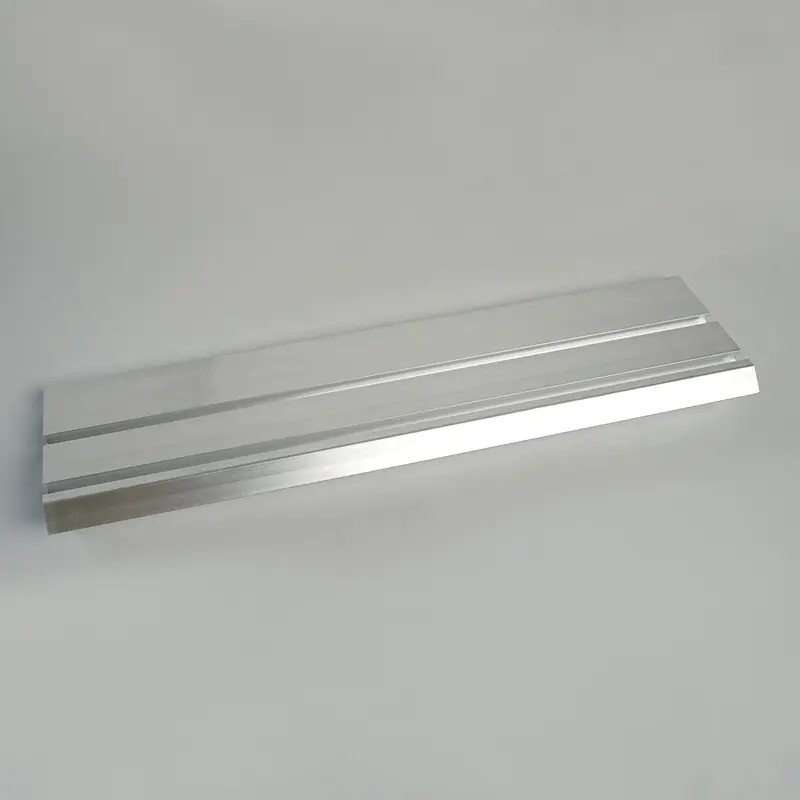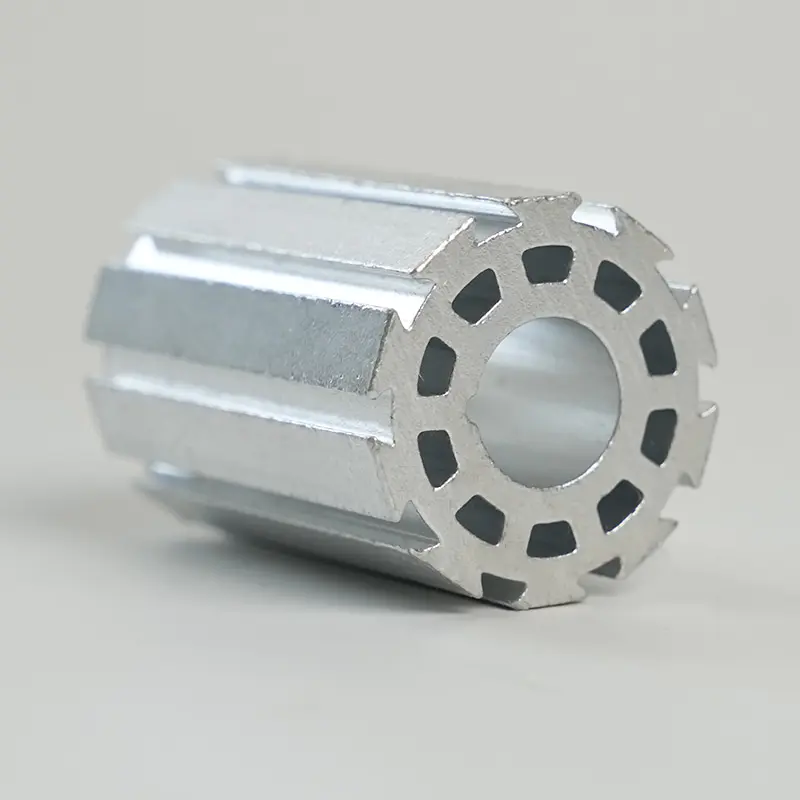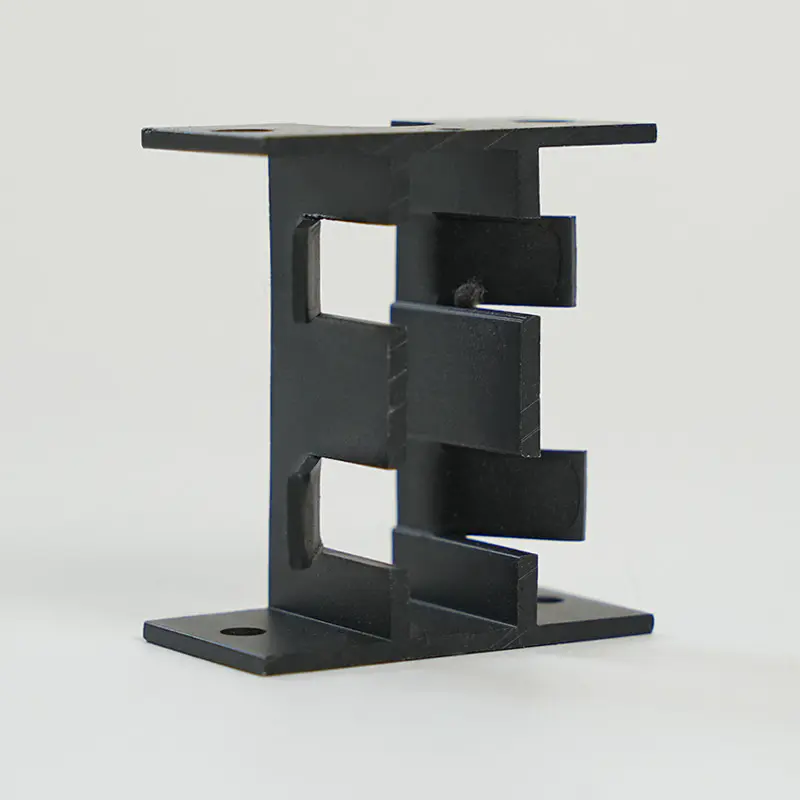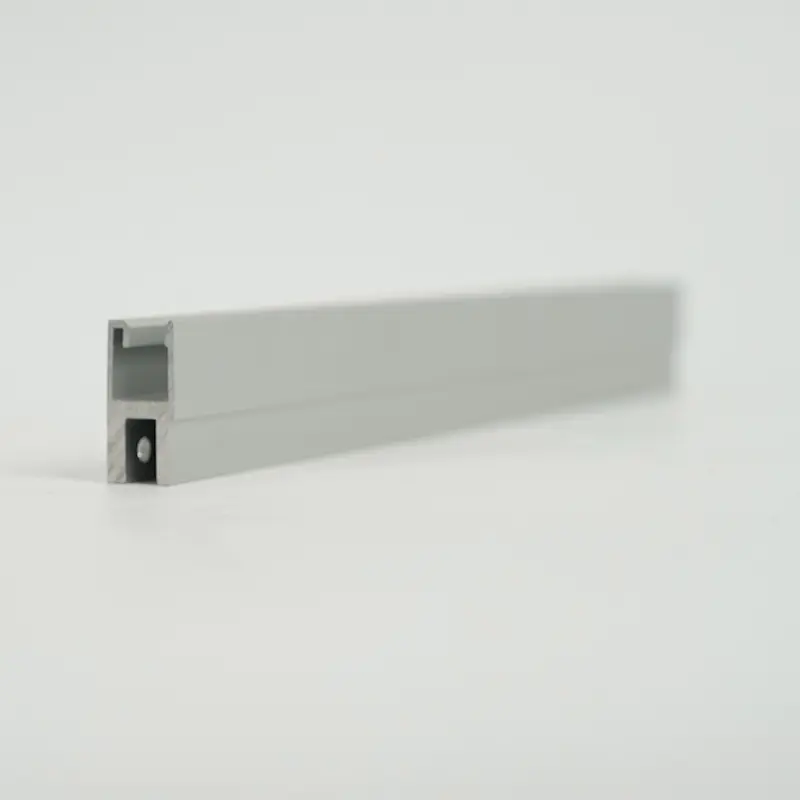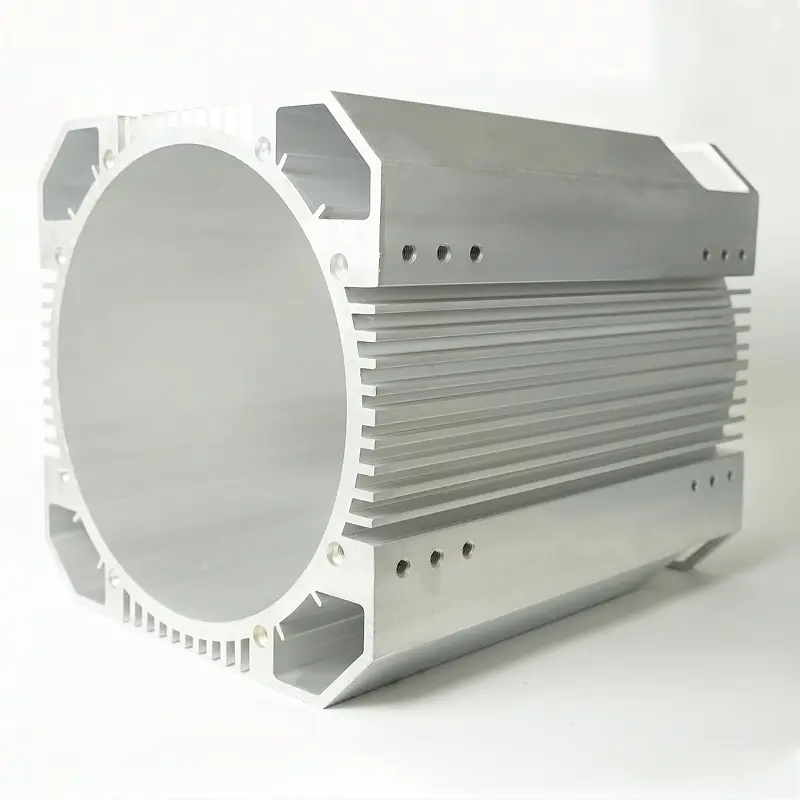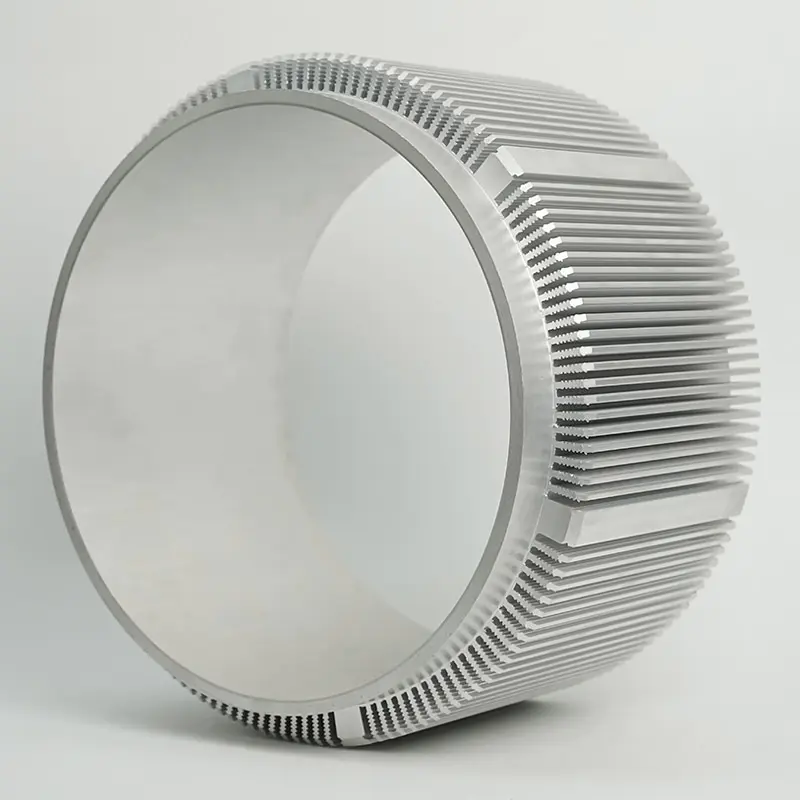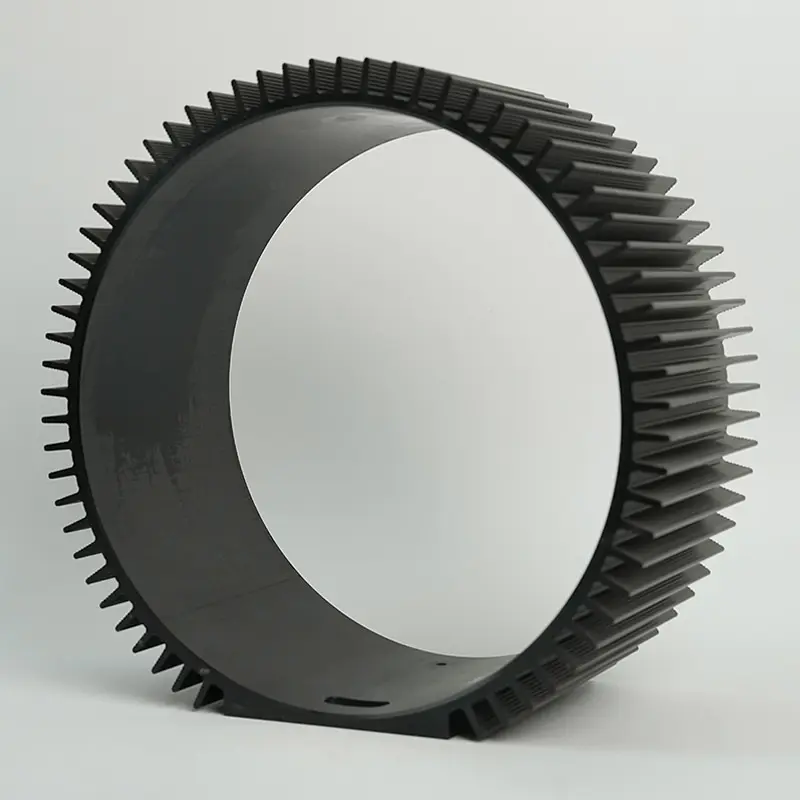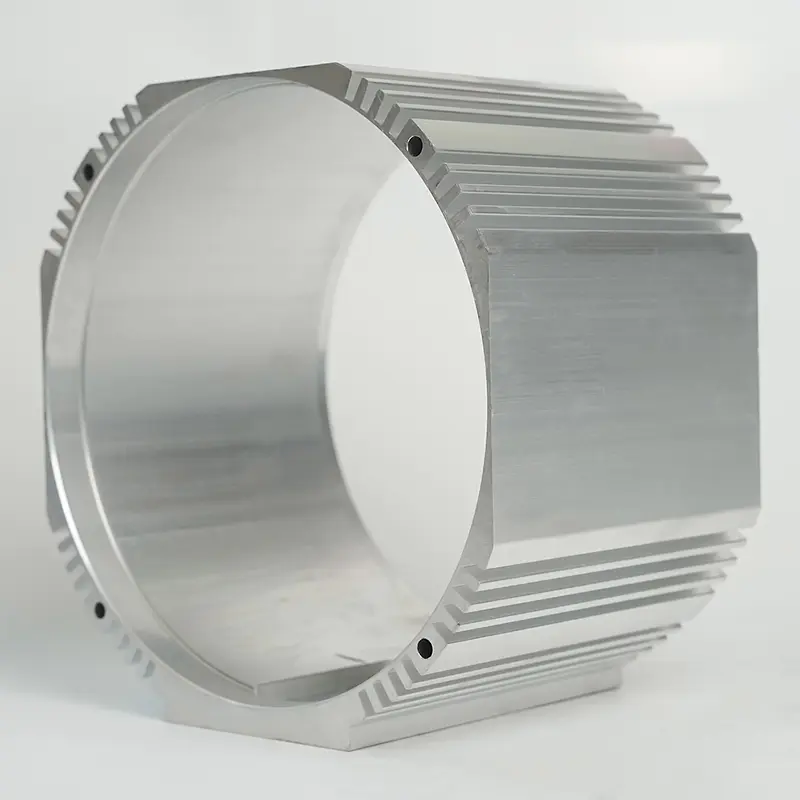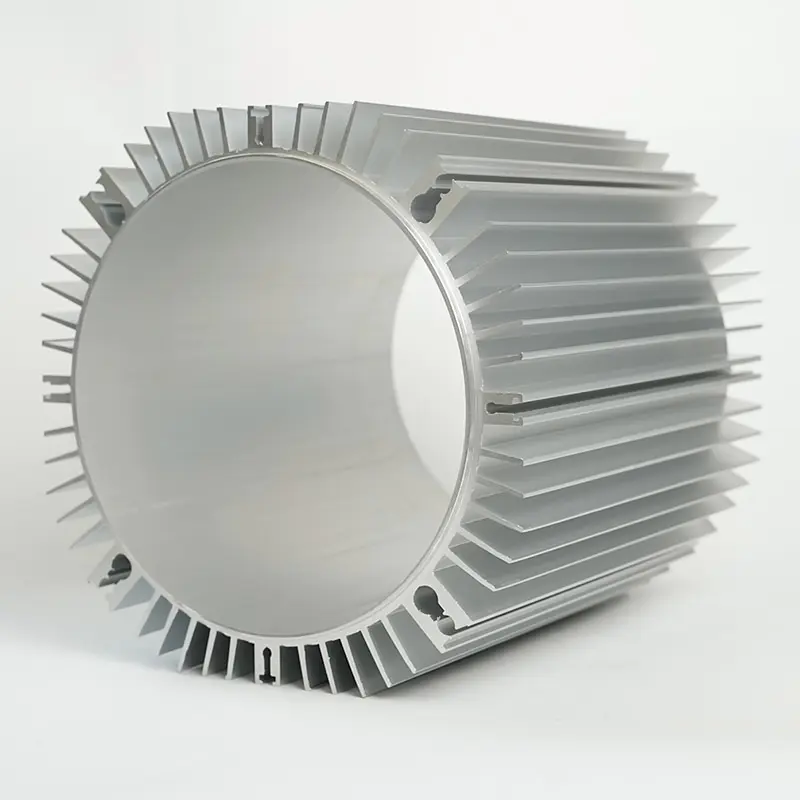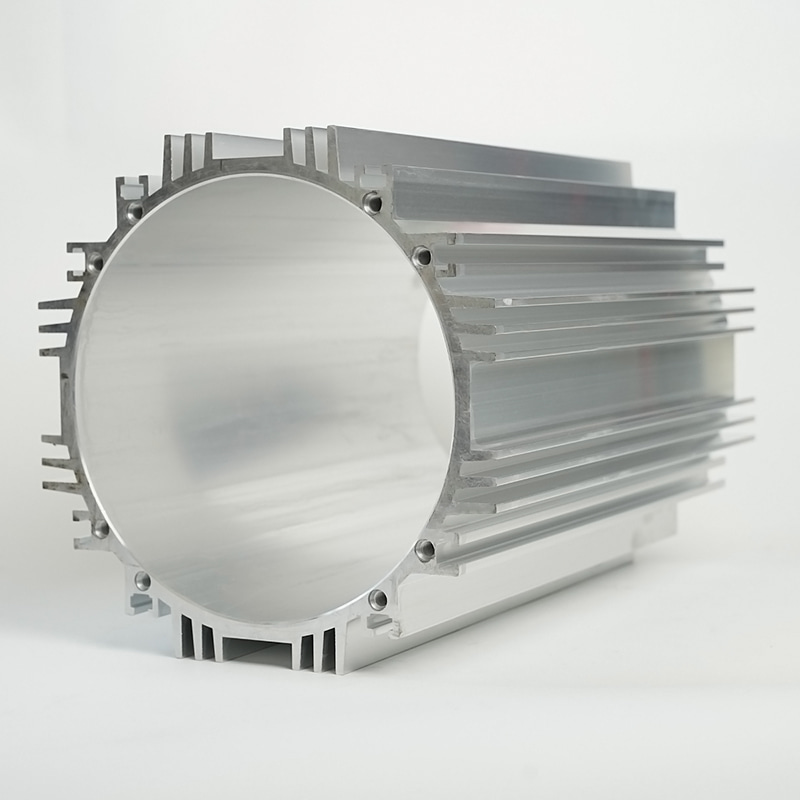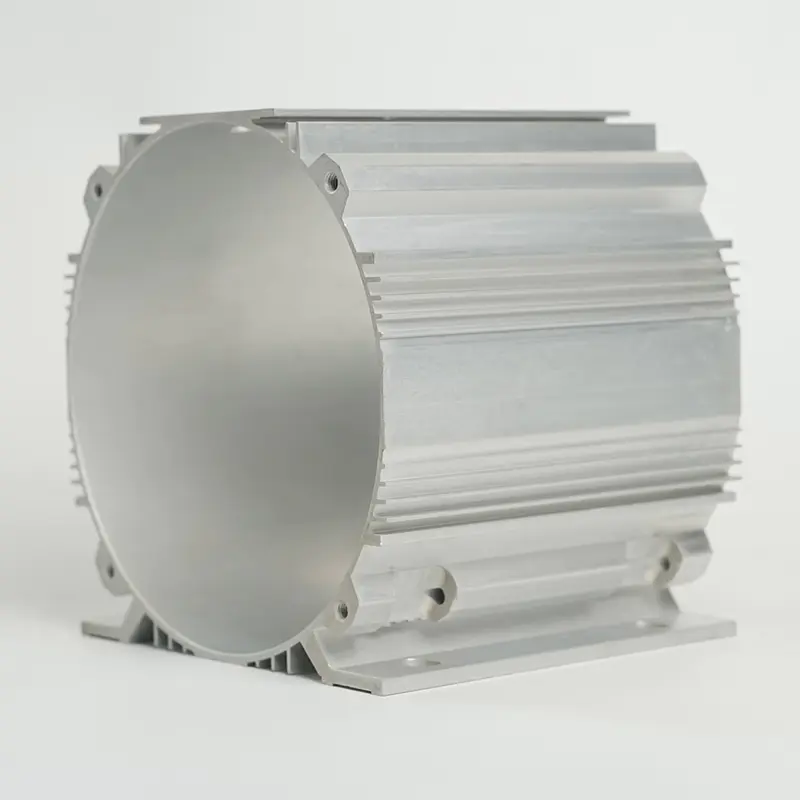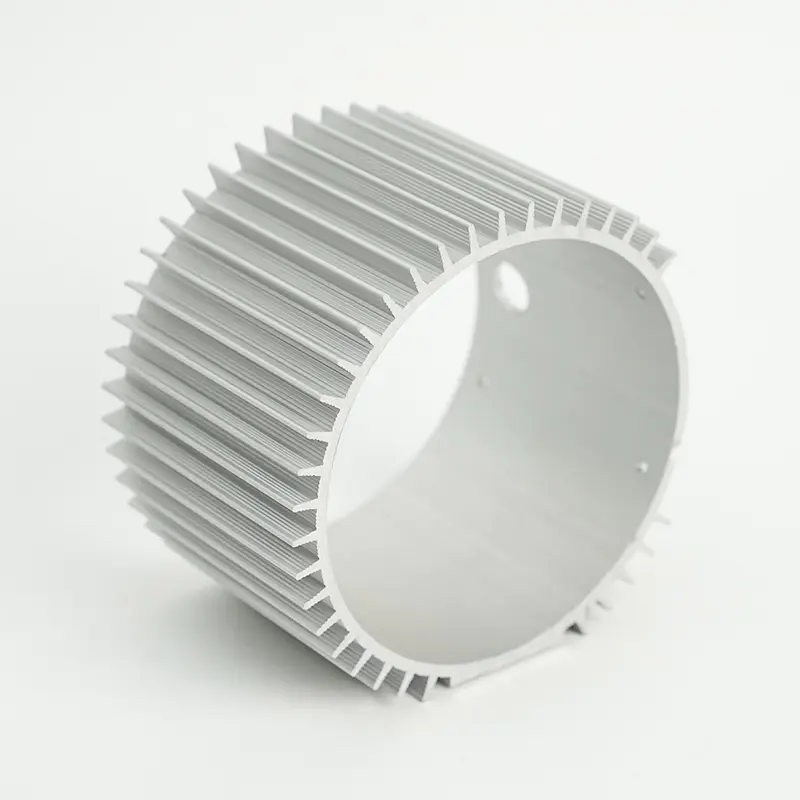Today, with the rapid development of information technology, high-performance computer hardware has become an indispensable part of our daily life and work. However, as the performance of core components such as processors and graphics cards continues to improve, heat dissipation issues have become increasingly prominent. Radiator, as an important component to solve this problem, its shell design is not only related to heat dissipation efficiency, but also reflects the perfect integration of technology and design.
The material of the heat sink housing has a crucial impact on its heat dissipation performance. Traditional radiator shells are mostly made of aluminum alloy or copper materials. These materials have good thermal conductivity and processability, and can effectively conduct the heat of the core components to the heat dissipation fins quickly, and dissipate heat through the air flow generated by the fan. In recent years, with the continuous development of new material technology, some new composite materials have also been used in the manufacture of radiator shells. These materials not only have better thermal conductivity, but can also improve heat dissipation efficiency while maintaining lightweight.
The structural design of the radiator shell directly affects its heat dissipation effect and service life. Modern radiator shells usually adopt multi-fin and large-area designs to increase the heat dissipation area and improve heat dissipation efficiency. At the same time, in order to increase the air flow channel, the radiator shell will also be designed with a reasonable fan installation position and air flow guide structure to ensure that the air flow can smoothly pass through the heat dissipation fins and take away heat. In addition, some high-end radiators will also use heat pipe technology to quickly conduct the heat from the core components to the heat dissipation fins through the heat pipe to further improve the heat dissipation effect.
The appearance design of the radiator shell is not only related to the aesthetics of the product, but also reflects the designer's understanding of technology and art. The design of the modern radiator shell focuses on a simple, grand, and fashionable style. It adopts a streamlined design and metallic surface treatment, making the product both technological and fashionable. At the same time, in order to meet the individual needs of different users, some radiator shells also provide a variety of colors and styles for users to choose from.
With the continuous advancement of technology, radiator shells are also constantly innovating and developing. On the one hand, the application of new materials and technologies has further improved the heat dissipation performance of the radiator shell; on the other hand, the introduction of intelligence and environmental protection concepts has also brought new ideas to the design of the radiator shell. For example, some smart radiators can monitor the temperature and fan speed of core components in real time through sensors, automatically adjust the heat dissipation efficiency, and achieve more accurate and efficient heat dissipation. Some environmentally friendly radiators use recyclable materials and low-energy designs to reduce their impact on the environment.
The radiator shell is an important part of the computer hardware cooling system, and its design and manufacturing level are directly related to the performance and stability of the computer. With the continuous advancement of science and technology and people's continuous pursuit of quality of life, the design of radiator shells is also constantly innovating and developing. In the future, we have reason to believe that radiator shells will be more intelligent, environmentally friendly, and personalized, bringing more convenience and comfort to our lives and work.


 English
English Español
Español
